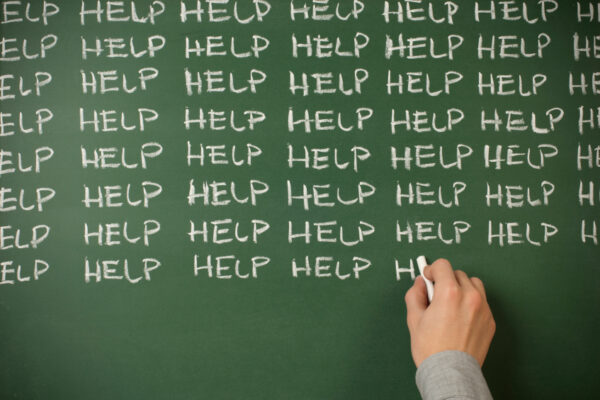Closing a school is a difficult and contentions decision.
One thing that makes the decision tough is that everyone wants what is best for their own children.
However, the more pressing question is: Does everyone want what’s best for other people’s children?
Despite having good intentions for student groups who have been underserved by schools, is closing schools best for children?
I’ve been studying this question for the past seven years and to answer it, there are four things that every person needs to know about school closures.
Closing Schools Rarely Saves Money
Districts commonly explore closures when they are in a fiscal crisis, which is the case in many districts in the state.
It makes sense on the surface. However, it contradicts research findings from across the country. A national study conducted by the Pew Charitable Trust of six large, urban districts that closed schools found that money saved as a result of school closures was “at least in the short run . . . relatively small” and larger savings occur when “school closings were combined with largescale layoffs.”
When districts close schools they may actually incur unexpected additional costs for student transportation and maintenance of closed buildings. Another harsh reality is that districts typically do not make much money from selling vacant school buildings. A study found that when districts sell schools they often sell below valuation, and when they do sell, “more than 40 percent of the sold, leased or reused properties have gone to charter schools.” Selling closed schools to charter organizations could further reduce student enrollment in the district and budget issues.
Closing Schools can Have Long-term Negative Effects on Student Outcomes
Student academic outcomes is a key priority for many school districts. However, closing schools does not consistently improve student outcomes. In fact, in some cases it has done the opposite. A study from the University of Chicago’s Consortium on School Research examined the effects of school closures on students four years after their schools were closed. They found that “students from closed schools experienced a long-term negative impact on their math test scores,” and that “the gap in math test scores remained for four years post-closing.”
Students also experience decreases in reading scores, increases in absenteeism and weaker relationships with adults and other students after their schools were closed.
Under-Enrollment and Underutilization are Relative
School districts often cite low-enrollment and underutilization of buildings as a justifications to close schools.
The low-enrollment and underutilization arguments for school closures are not fully backed by research. When districts make claims of under-enrollment and underutilization of building space they may be overlooking the benefits of decades of research evidence that suggest that smaller class sizes are beneficial for children, especially for student groups that have been traditionally underserved by schools. Smaller class sizes improve student outcomes, foster stronger relationships between adults and students and students-to-students, and allow for students to experience greater depth of course content.
Furthermore, students who were in ‘under-enrolled schools’ that are eventually closed often get moved into schools that become overenrolled after their arrival.
Modern Schools + New Programs = More Gentrification?
To be clear, modernizing schools is a good thing. But, who will really benefit from modernized schools in the coming years? This is a critical question to ask when some Texas cities have a deep root of racial inequality and rapid gentrification.
We know from other districts across the country that when schools are modernized and receive an influx of new arts and language programming, it is attractive to families who have gentrified neighborhoods but have not sent their children to the neighborhood school. Additionally, with housing prices continuing to rise in many Texas cities, will most working class African American and Latino families be priced out of neighborhoods?
The impacts of school closures are felt for years. Therefore, this is one of the most important decisions facing our community.
So, is closing schools best for children? Well, you decide.
Terrance Green is an associate professor of educational leadership and policy in the College of Education at The University of Texas at Austin.
A version of this op-ed appeared in Psychology Today and the Abilene Reporter News.




